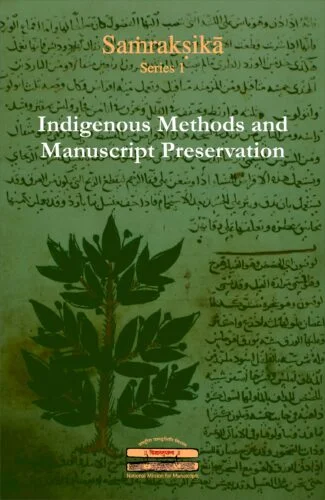Showing all 2 results
Exploring Medieval India through Persian Sources revisits medieval Indian history through eleven authoritative and resourceful papers presented in a national seminar held at the Department of History, Aligarh Muslim University in 2016 by scholars of repute. The Persian sources include political chronicles, biographical accounts, Insha literature, mystic literature (malfuzat, maktubat, etc.), dastur of Amal, farmans, nishan, parwana, foreigners’ accounts, vernacular literature, epigraphy, numismatic, archaeology and paintings.
These papers should generate interest among the researchers to further showcase the world many a facet of India’s unknown intellect and history.

The National Mission for Manuscripts, through its nationwide documentation efforts, is engaged in preserving and rendering accessible India’s knowledge cultures. The Mission’s Seminar Series, Samrakshka, which began in February 2005, presents various regional and local practices employed in the creation and preservation of manuscripts.
The National Mission for Manuscripts was established as a five-year project in February 2003 by the Department of Culture, the Ministry of Tourism and Culture, Government of India. Its purpose is to locate, document, preserve and disseminate the knowledge content of Indian manuscripts. The Mission, through its nation-wide network and documentation efforts, is engaged in preserving and rendering accessible India’s knowledge cultures, seeking to link the ideas and visions of the past with the future. The Mission’s Seminar Series, ‘Samrakska’, began with a Seminar in February 2005 on Oral Traditions and Indigenous Methods of Preservation and Conservation of Manuscripts. Papers presented during this Seminar deal with the various regional and local practices employed in the creation and preservation of manuscripts. They provide valuable information on old and indigenous techniques which, over the years, have been relegated to the margins of contemporary conservation practices and deserve a revival. Conducted over a period of three years, the Seminar provided ample opportunity to the participants to share their ideas and experiences, discuss the merits of various alternatives and formulate plans in the area of manuscript conservation for the future.
| There are no products |